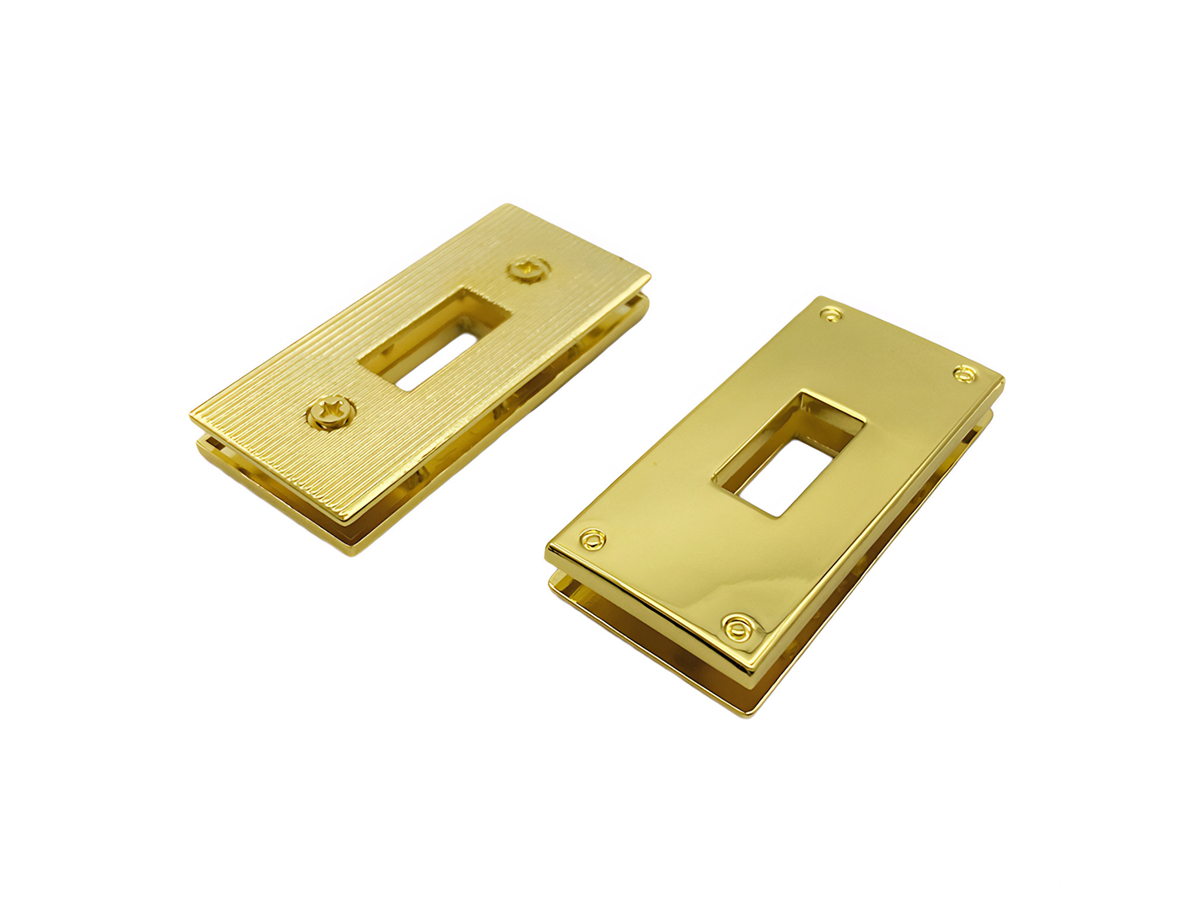Durability Meets Design: Zinc Die Casting Transforming Consumer Electronics
Introduction: The Fusion of Strength and Aesthetics
Zinc die casting redefines consumer electronics by merging Zamak die casting durability with intricate designs, achieving 0.4mm wall thickness for sleek, lightweight devices. The hot-chamber process enables mass production of complex geometries like camera bezels and hinge mechanisms in 25-second cycles.
Alloys such as Zamak 5 provide 330 MPa tensile strength, allowing smartphone frames to survive 1.5m drops while reducing weight by 35% vs aluminum. Advanced surface treatments like PVD coatings deliver scratch-resistant finishes in 50+ colors, meeting both MIL-STD durability and premium aesthetics.
Precision Manufacturing for Consumer Devices
Step 1: High-Detail Mold Design CNC-machined molds with 0.003mm surface finish replicate hairline textures and logos, optimized for Zamak alloys to prevent flash on 0.5mm gaps.
Step 2: Rapid Injection Molding Molten zinc at 410°C fills 0.4mm-thin cavities at 30 m/s via vacuum-assisted hot-chamber casting, achieving 98% density for structural components.
Step 3: Automated Finishing Robotic CNC stations drill ±0.02mm microphone ports and USB-C slots, while vision systems inspect for cosmetic defects.
Material Intelligence: Engineered for Everyday Use
Alloy | Key Properties | Applications | Competitive Edge |
|---|---|---|---|
82 HRB hardness Ra 0.5μm finish | Smartphone mid-frames Tablet hinges | 40% lower cost than magnesium | |
330 MPa tensile strength | Laptop hinges Camera mounts | Survives 10,000+ flex cycles | |
0.7μΩ·m resistivity | Wireless charger coils 5G antenna brackets | 25% better heat dissipation vs plastic | |
1.5% copper content | Wearable device clasps Smartwatch crowns | 50% higher wear resistance than Zamak 3 |
Expanded Applications:
Foldable Phones: Zamak 5 enables 0.3mm-thin hinge gears surviving 200k folds.
Smart Home Devices: ZA-8 dissipates heat from voice assistant processors up to 8W.
Surface Engineering: Where Protection Meets Style
PVD Coating
Function: PVD coatings apply 2-5μm layers for rose gold/matte black finishes with 1,500Hv hardness.
Properties: Survives 1,000+钢丝绒测试, 30% lighter than stainless steel
Considerations: Requires 0.8mm+ radii for uniform deposition
Applications: Premium phone edges, luxury watch cases
Electropolishing
Function: Electropolishing removes 0.1-2μm surface irregularities for seamless anodizing adhesion.
Properties: Reduces contact resistance by 60% in charging ports
Considerations: 15-30 A/dm² current density range
Applications: USB-C connectors, SIM tray contacts
Black Oxide Coating
Function: Black oxide prevents galvanic corrosion in mixed-metal assemblies.
Properties: 0.3-1μm thickness, 100hr salt spray resistance
Considerations: Avoid on sliding contacts
Applications: Tactical-grade earbud casings
Teflon Coating
Function: Teflon coating reduces friction for smooth user interaction.
Properties: 10-30μm thickness, FDA-compliant
Considerations: Limited to <150°C temperatures
Applications: Modular IoT sensor ports
Competitive Edge: Zinc vs Alternative Materials
Material | Weight (g/cm³) | Cost/kg | Recyclability | Design Flexibility |
|---|---|---|---|---|
Zinc Alloy | 6.6 | $3.50 | 95% | High (0.4mm walls) |
Aluminum | 2.7 | $5.20 | 80% | Moderate (0.8mm walls) |
Plastic | 1.2 | $1.80 | 30% | Limited (no metal finishes) |
Production Excellence: Solving Consumer Tech Challenges
Challenge | Technical Solution | Performance Outcome |
|---|---|---|
Cosmetic Pitting | Tumble polishing with 0.3mm ceramic media | Mirror finishes (Ra 0.1μm) |
Antenna Interference | ZA-8 alloy + laser-drilled signal windows | 5G speed loss <5% |
Thin-Wall Warping | Conformal cooling channels maintain ±2°C | 0.05mm flatness tolerance |
Color Consistency | Spectrophotometer-controlled PVD chambers | ΔE <1.0 across batches |
Industry Applications: Reinventing Consumer Tech
Mobile Devices:
0.4mm smartphone frames with integrated 5G antennas
Drop-resistant tablet edges surviving 1.5m impacts
Wearables:
12g smartwatch cases with 50m water resistance
Fitness tracker bands with anti-microbial surfaces
Smart Home:
Voice assistant grilles with precise 0.6mm acoustic ports
Thermostat housings with textured grips
Case Studies:
FAQs
How does Zamak 5 compare to aluminum for smartphone frames?
Can zinc alloys achieve iPhone-grade anodized colors?
What’s the minimum bending radius for foldable phone hinges?
How does PVD coating affect wireless charging efficiency?
Is zinc die casting suitable for transparent electronics housings?

